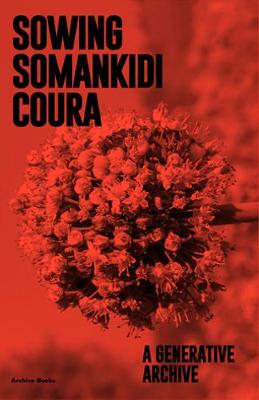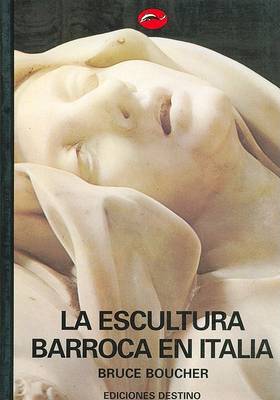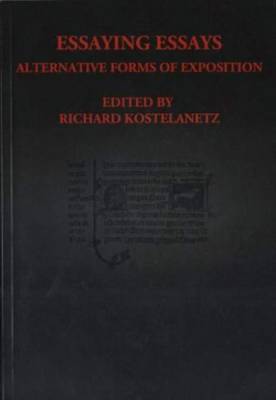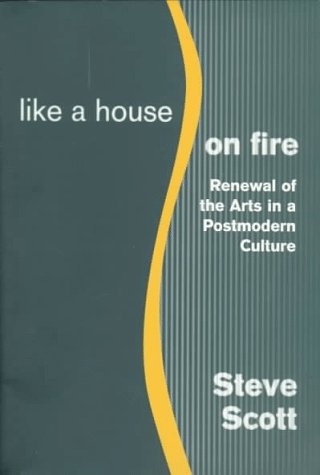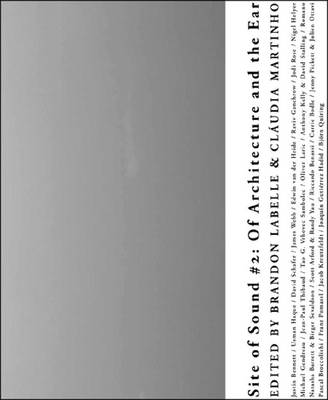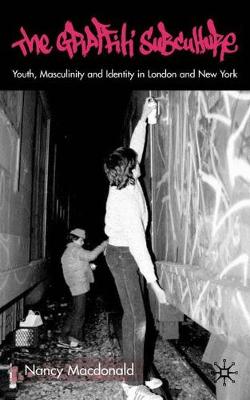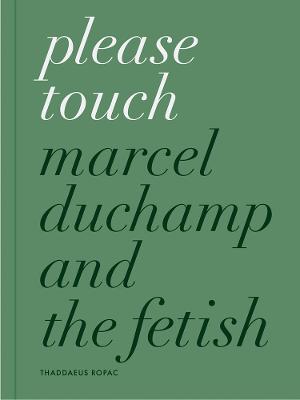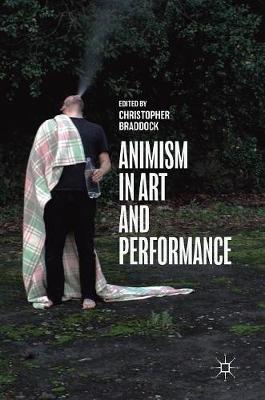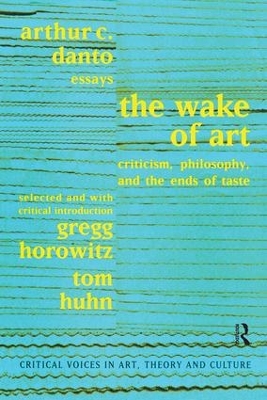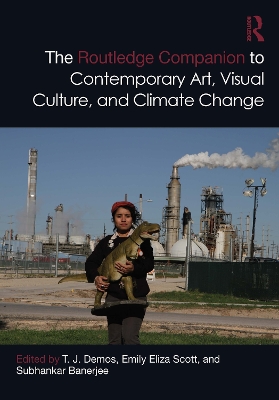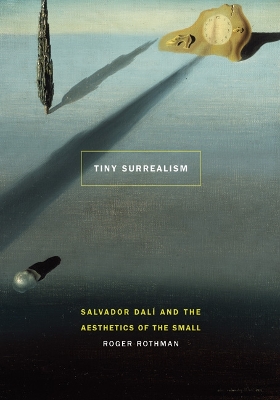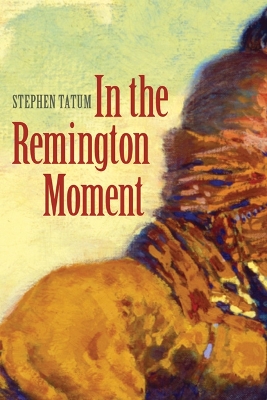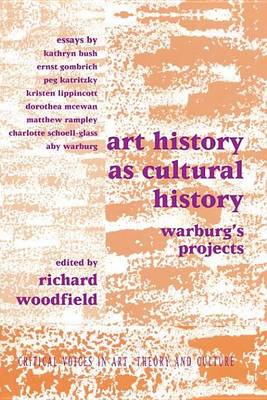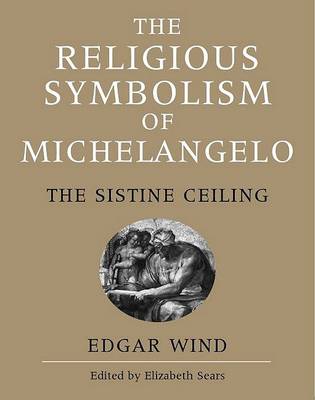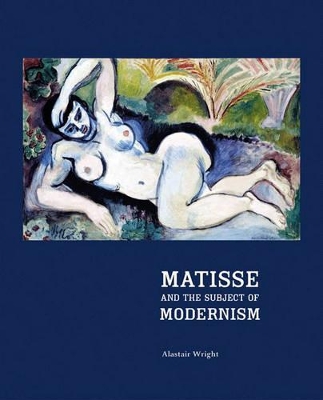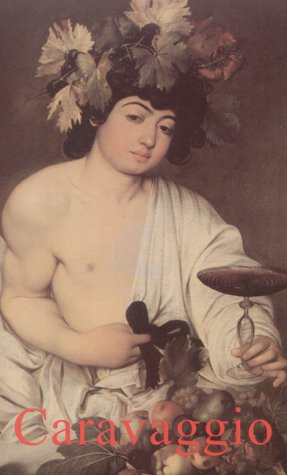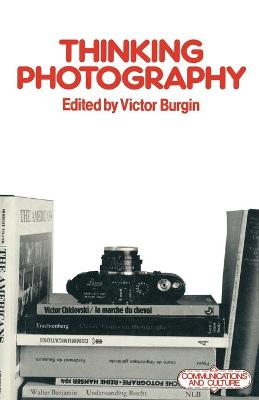James Turrell and Katharina Fritsch (Parkett art magazine, No 25)
by Beat Streuli Insert
Essaying Essays - Alternative Forms of Exposition
by Richard Kostelanetz
The writing is on the wall. Not many read it. Fewer try and understand it. But when you do it tells an important story. Important because it makes what is usually seen as 'senseless and mindless' meaningful. Important because it tells us something different about society's favourite folk devil - the adolescent male. And important because it stops people judging the book by its cover. This is a book about graffiti, but it is really a story about the (male) young and the nameless and their search...
Animism in Art and Performance
This book explores Māori indigenous and non-indigenous scholarship corresponding with the term ‘animism’. In addressing visual, media and performance art, it explores the dualisms of people and things, as well as 'who' or 'what' is credited with 'animacy'. It comprises a diverse array of essays divided into four sections: Indigenous Animacies, Atmospheric Animations, Animacy Hierarchies and Sensational Animisms. Cassandra Barnett discusses artists Terri Te Tau and Bridget Reweti and how personho...
Wake of Art (Critical Voices in Art, Theory and Culture)
by Arthur Coleman Danto, Gregg Horowitz, Tom Huhn, and Saul Ostrow
Since the mid-1980s, Arthur C. Danto has been increasingly concerned with the implications of the demise of modernism. Out of the wake of modernist art, Danto discerns the emergence of a radically pluralistic art world. His essays illuminate this novel art world as well as the fate of criticism within it. As a result, Danto has crafted the most compelling philosophy of art criticism since Clement Greenberg. Gregg Horowitz and Tom Huhn analyze the constellation of philosophical and critical eleme...
International in scope, this volume brings together leading and emerging voices working at the intersection of contemporary art, visual culture, activism, and climate change, and addresses key questions, such as: why and how do art and visual culture, and their ethics and values, matter with regard to a world increasingly shaped by climate breakdown? Foregrounding a decolonial and climate-justice-based approach, this book joins efforts within the environmental humanities in seeking to widen co...
Though one of the most popular artists of the twentieth century, Salvador Dalí is typically seen as peripheral to the dominant practices of modernist painting. Roger Rothman’s Tiny Surrealism argues that this marginal position is itself a coherent response to modernism. It demonstrates how Dalí’s practice was organized around the logic of the inconsequential by focusing on Dalí’s identification with things that are literally tiny (ants, sewing needles, breadcrumbs, blackheads, etc.) as well as t...
For most people, the work of Frederic Remington conjures an antiquarian world of all things “western.” Why this is so, and whether it should be so, are two of the critical questions raised in this book. Stephen Tatum closely considers selected paintings from Remington’s last four years of life—his so-called years of critical acclaim. Tatum’s purpose is twofold: first, to understand these paintings, both formally and thematically, within their historical, aesthetic, and biographical contexts; and...
Beyond Piety (Cambridge Studies in New Art History and Criticism)
by Jeremy Gilbert-Rolfe
Beyond Piety examines several fundamental questions regarding the work of art and such aesthetic issues as pleasure, beauty and completeness, especially as it functions within the contexts of discontinuity, deferral, displacement and multiplicity. This collection offers a reassessment of the relationship between the art work (or any object considered as something to be looked at) and argument. Engaging the work of art with the discourses of the body, history and textuality, the book offers, more...
Art History as Cultural History: Warburg's Projects
by Professor Richard Woodfield
This volume collects Wind's published articles and his extensive unpublished writings on Michelangelo. His interpretation of the Sistine Ceiling as a typological programme, its Old Testament scenes adumbrating New Testament events, stands as a demonstration of the complex relationships possible between art and ideas. The volume opens with an introduction to Wind's art-historical work by Elizabeth Sears and a survey of accomplishments in the field of Renaissance theology by John W. O'Malley.
Focusing on the period 1905-1913, this provocative and groundbreaking new book refutes the popular view of Matisse as the painter of relaxed pleasures, the master of decorative line and sensuous color. Alastair Wright discovers a darker, more complex side to Matisse: an artist whose work, caught in the uneasy space between modernism and tradition, was fundamentally engaged with the most pressing of modernity's artistic and ideological debates. Presenting a series of brilliant and highly original...
Caravaggio (1571-1610) was the most revolutionary artist of the Italian Baroque. Consistently emphasising the humanity of his religious subjects, he established a new canon. The intensity and drama of his chiaroscuro style is matched only by his life. Outlaw, heretic, murderer and sensualist are a few charges brought against him by his contemporaries. Given the paucity of verifiable biographical documents, Caravaggio the man remains mysterious and elusive to his modern admirers.
Thinking Photography (Communications and Culture)
